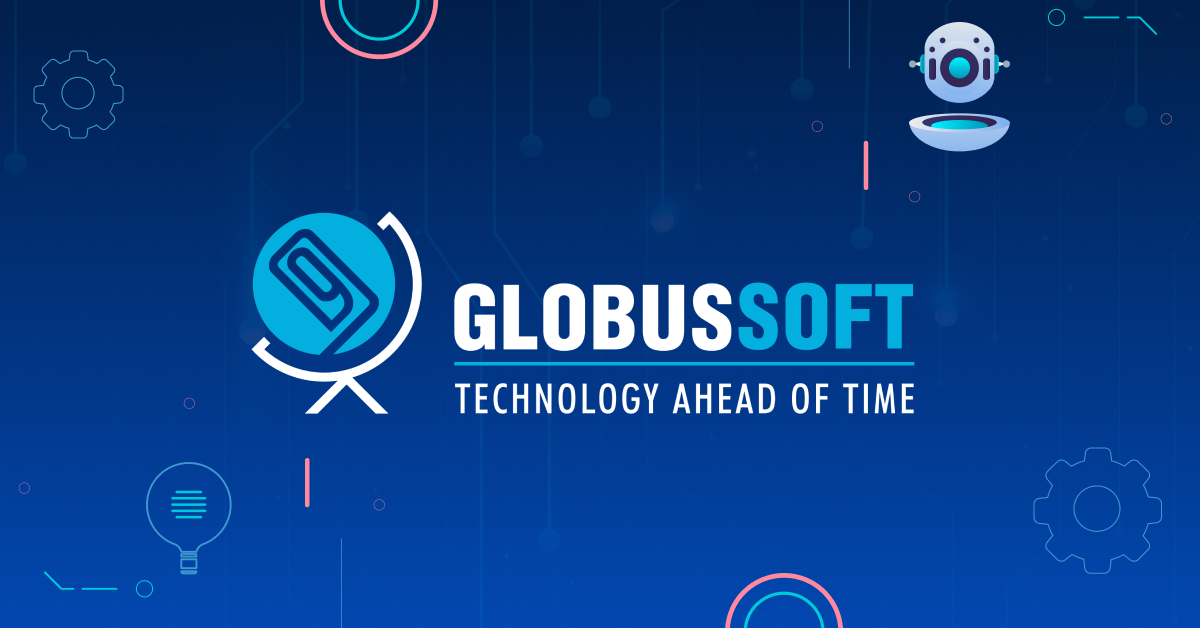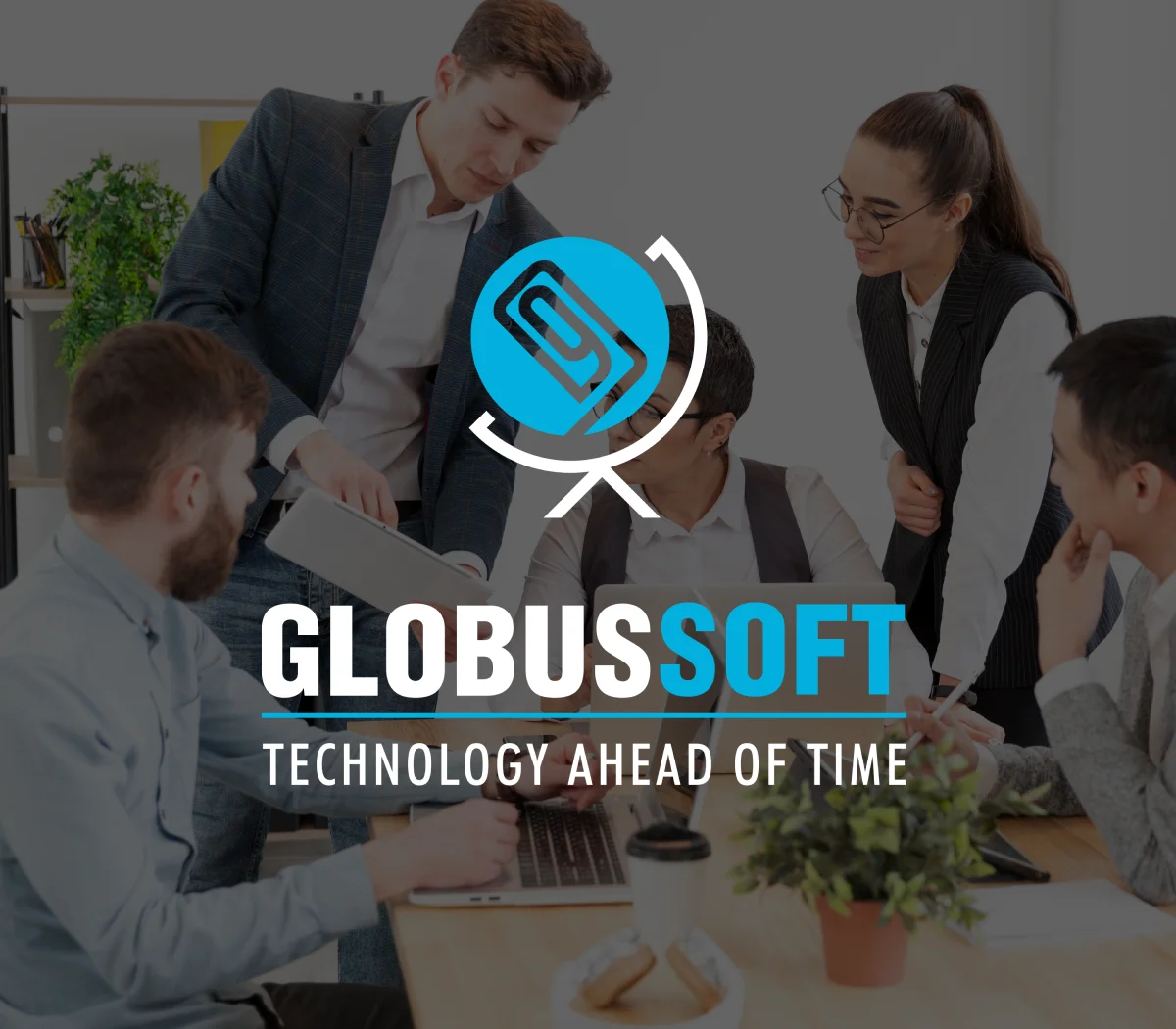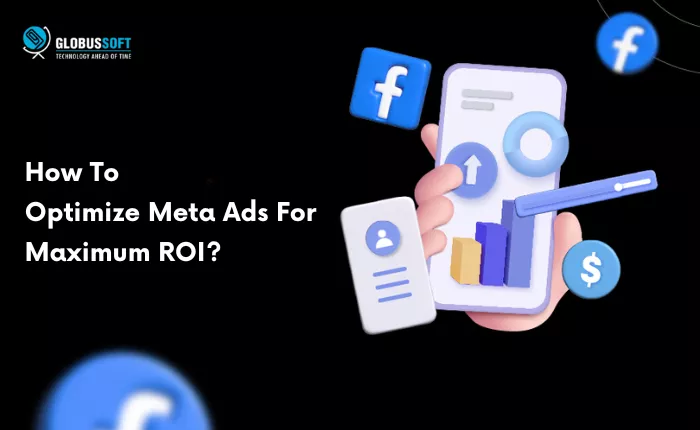
Meta is moving rapidly toward a future where creating an advertisement can be as simple as uploading an image and setting a budget. That promise — to let businesses generate creative, copy, and audience selection through a single platform — could change how brands think about paid media. This Meta Ad shift is not just about speed; it’s about who controls the full advertising stack and how brands prove value. In the next section, we’ll explore Meta’s new toolset and why it matters for marketers and agencies alike.
You can Also Listen to our Blog here,
Meta’s New Toolset
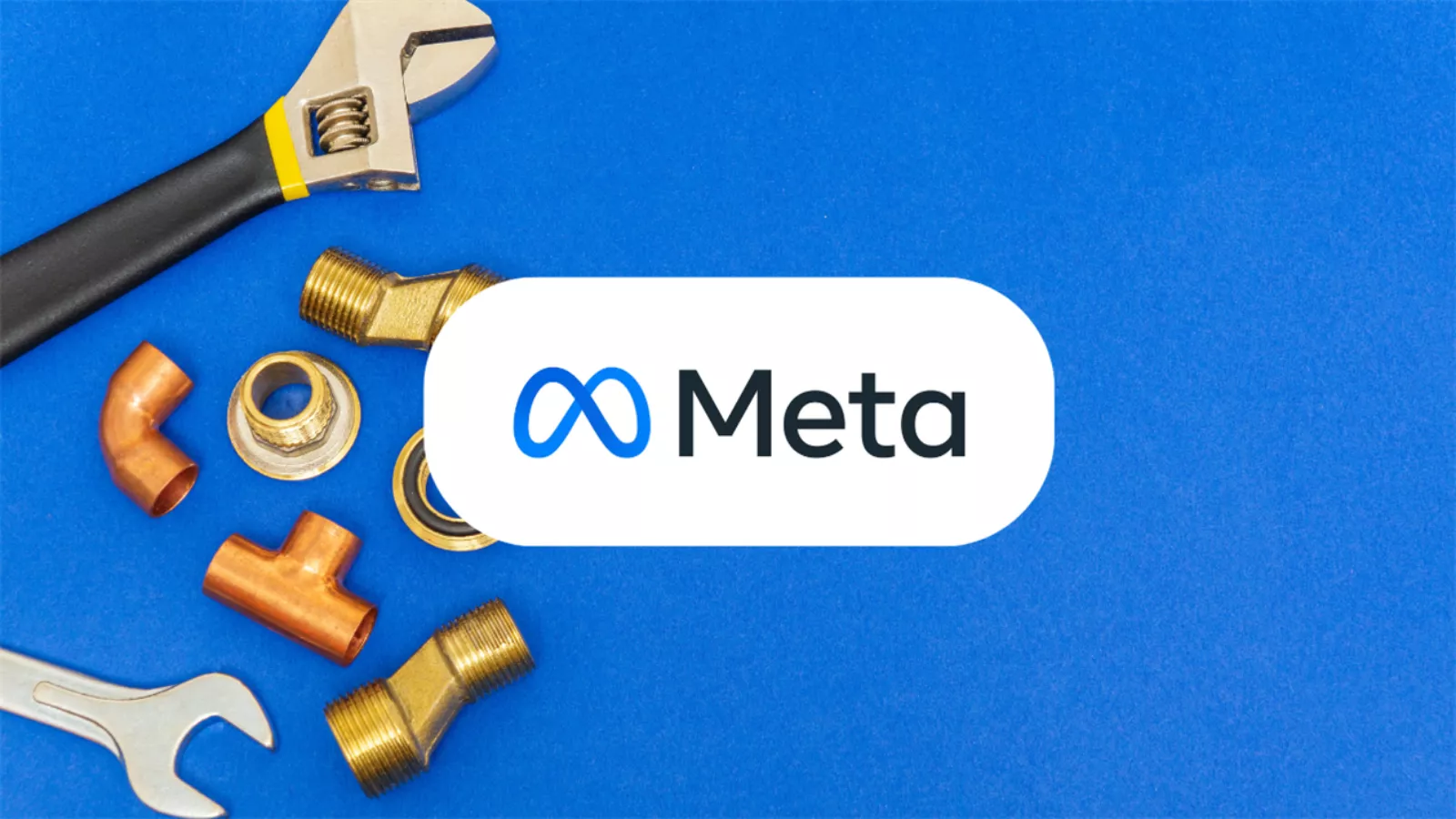 According to multiple reports, Meta intends to roll out tools that let advertisers produce complete campaigns using AI by the end of 2026. The system would take inputs such as a product image and a target spend, and return ad creative, short videos, suggested copy, and targeting plans optimized for Facebook and Instagram placements. The idea is to reduce friction for advertisers and to enable rapid creative testing at scale. These plans were reported by major outlets and captured in both Reuters and the Wall Street Journal.
According to multiple reports, Meta intends to roll out tools that let advertisers produce complete campaigns using AI by the end of 2026. The system would take inputs such as a product image and a target spend, and return ad creative, short videos, suggested copy, and targeting plans optimized for Facebook and Instagram placements. The idea is to reduce friction for advertisers and to enable rapid creative testing at scale. These plans were reported by major outlets and captured in both Reuters and the Wall Street Journal.
This development builds on existing Meta AI ads features that already help tweak and personalize creative before it runs; the next iteration aims to automate the whole pipeline from idea to audience. As a result, teams will trade production hours for governance tasks such as quality assurance, rule-setting, and reporting. Keep reading to see the likely effects on traditional agency roles and where human experts remain vital.
Why Agencies Should Pay Attention?
 If a platform can both create and place ads, the traditional value chain for agencies faces compression. Media planning, production logistics, and some aspects of buying could be automated, which may pressure the margins that agencies have historically enjoyed. Early market reactions reflected those concerns: some large marketing-services companies saw share-price dips after the news broke.
If a platform can both create and place ads, the traditional value chain for agencies faces compression. Media planning, production logistics, and some aspects of buying could be automated, which may pressure the margins that agencies have historically enjoyed. Early market reactions reflected those concerns: some large marketing-services companies saw share-price dips after the news broke.
Meta’s leadership has described these moves as a redefinition of advertising, which underscores how seriously the company views this potential shift. Still, automation doesn’t erase the need for strategic thinking — agencies that retool to offer high-level brand strategy, governance, and measurement can still thrive by overseeing the quality of each Meta Ad and ensuring long-term brand health. Next, we’ll look at how small brands stand to benefit and what their first steps should be.
Opening Doors For Small Brands
One of the clearest opportunities from these changes is wider access. Small and medium businesses that never had budgets for production teams can now compete with bigger players. With Meta AI ads, a local shop can produce multiple polished variations of a single product and test them quickly; every Meta Ad could be iterated in minutes rather than days. That levels the entry barriers and could drive a long tail of advertisers onto the platform. Still, access alone isn’t enough: teams must learn to brief AI effectively, set guardrails to preserve brand voice, and interpret results with care.
Smaller brands should begin with tight experiments: a single product, two distinct creative directions, and a clear success metric. That will show whether automation can truly deliver performance without sacrificing brand standards. Keep this approach in mind as you read about personalization and targeting next.
Why Personalization Matters?
 The power of platform-driven ad creation is paired with precise targeting. Modern tools can use geolocation and behavioral signals to serve different ad variants to the people most likely to respond. For example, a travel brand can surface different images or offers depending on users’ likely destinations, while a retail brand can emphasize features that match past purchasing behavior. This kind of relevance improves efficiency and reduces wasted impressions. When a Meta Ad reaches a tightly defined micro-audience, conversion rates can improve noticeably, especially in niche categories.
The power of platform-driven ad creation is paired with precise targeting. Modern tools can use geolocation and behavioral signals to serve different ad variants to the people most likely to respond. For example, a travel brand can surface different images or offers depending on users’ likely destinations, while a retail brand can emphasize features that match past purchasing behavior. This kind of relevance improves efficiency and reduces wasted impressions. When a Meta Ad reaches a tightly defined micro-audience, conversion rates can improve noticeably, especially in niche categories.
However, personalization also raises questions about consent, transparency, and brand safety. Brands must balance relevance with respect for user preferences — and set explicit guardrails before automation scales. Up next: how the markets reacted and why Meta’s investments matter.
Also Read,
What is the Importance of Artificial Intelligence in Everyday Life?
Market Response And Investment
The announcement reverberated through the markets. Reports noted drops in some agency share prices shortly after the news surfaced, and analysts quickly started revising expectations for platform ad revenue as AI-driven automation became more plausible. Meta is also committing significant capital to build the required infrastructure: recent coverage put the company’s planned AI-related spending in the tens of billions, aligning with public guidance that shows a marked increase in capital expenditure as the company funds data centers and other AI systems.
Investors are watching closely because automation could expand the base of advertisers and increase the efficiency of ad spend. If more advertisers can run polished campaigns with fewer external costs, each Meta Ad could generate more return for both the brand and the platform. Next, we discuss the controls needed to keep the brand’s work of high quality.
Creative Control And Safeguards
Automation excels at generating many options quickly, but it cannot replace the strategic choices that define a brand. Brands must retain control over tone, core messaging, and when to intervene. That’s why many teams will adopt human-in-the-loop processes: let AI create and iterate, but keep final approval and strategic oversight with experienced creatives and marketers.
Agencies and brand teams should create approval gates that evaluate the diversity of creative, factual accuracy, and brand alignment before any Meta Ad is launched. These safeguards protect reputation and ensure campaigns remain consistent. In the next section, we’ll outline practical preparation steps for marketing teams.
How Marketing Teams Should Prepare?
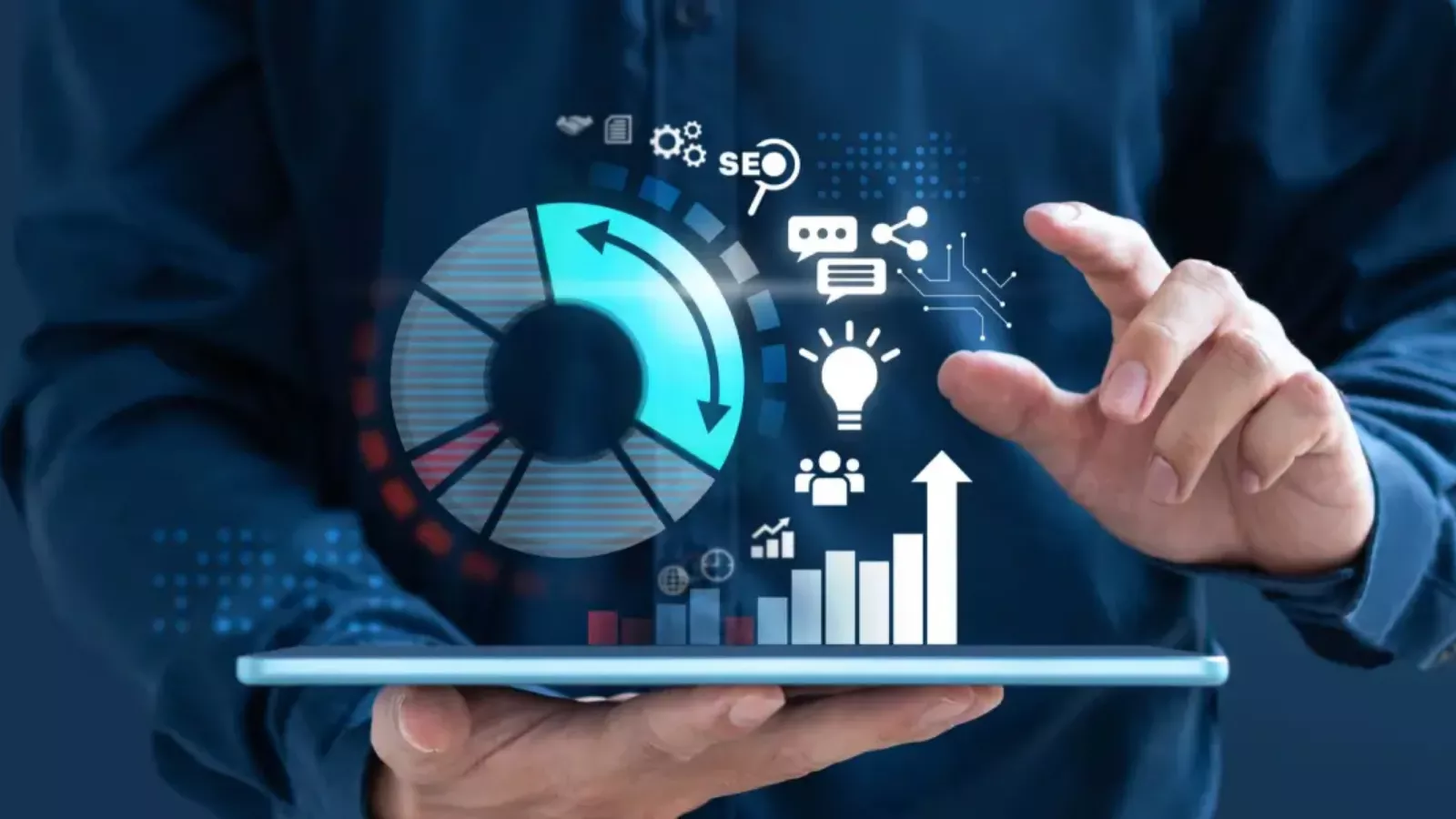 Start by building playbooks for AI-driven campaigns. Create templates for briefs, decide what values and visual rules are non-negotiable, and set automated checks for brand safety. Train teams to assess AI outputs rapidly and to run controlled A/B experiments that measure lift. Keep measurement consistent so AI-generated campaigns can be compared fairly to other channels. Also, document decisions so auditors and stakeholders can understand why certain creative or targeting choices were made.
Start by building playbooks for AI-driven campaigns. Create templates for briefs, decide what values and visual rules are non-negotiable, and set automated checks for brand safety. Train teams to assess AI outputs rapidly and to run controlled A/B experiments that measure lift. Keep measurement consistent so AI-generated campaigns can be compared fairly to other channels. Also, document decisions so auditors and stakeholders can understand why certain creative or targeting choices were made.
Beyond templates and experiments, invest in internal change management. Run short workshops where creative, analytics, and legal teams evaluate AI outputs together so everyone understands trade-offs. Maintain a shared dashboard that records which prompts and inputs were used for each campaign, and link those to outcomes so you build a playbook of repeatable successes. Consider a center of excellence for AI experimentation that scales learning across product lines and regions. Once these systems are in place, you’ll be ready to iterate quickly on every new campaign.
Ethics, Transparency, And Governance
As platforms assume more control, questions about data use, explainability, and bias become urgent. Policymakers and industry bodies are increasingly focused on rules that govern meta advertising and other practices that use consumer data for ad delivery. Brands will need transparency about targeting logic and performance reporting to satisfy regulators and preserve customer trust.
Practical steps can help. Keep a log of why audiences were targeted and provide a human summary alongside AI decisions for internal review. Run synthetic audits to detect bias in who sees certain offers and set thresholds that trigger manual checks. When working with third-party vendors, ensure strict data-handling agreements that prevent misuse. Finally, publish a brief transparency note for customers that explains how automated decisions are made and offers a clear opt-out option. These measures are becoming increasingly important as regulators heighten their scrutiny of artificial intelligence advertising.
For brands looking to balance automation with control, adopting tools designed with governance in mind is essential. Solutions like AdsGPT by Globussoft provide businesses with AI-powered ad generation capabilities while allowing marketers to maintain transparency and oversight. By combining creativity with compliance, platforms like this can help brands embrace innovation without compromising trust.
Smarter Campaigns With AdsGPT By Globussoft
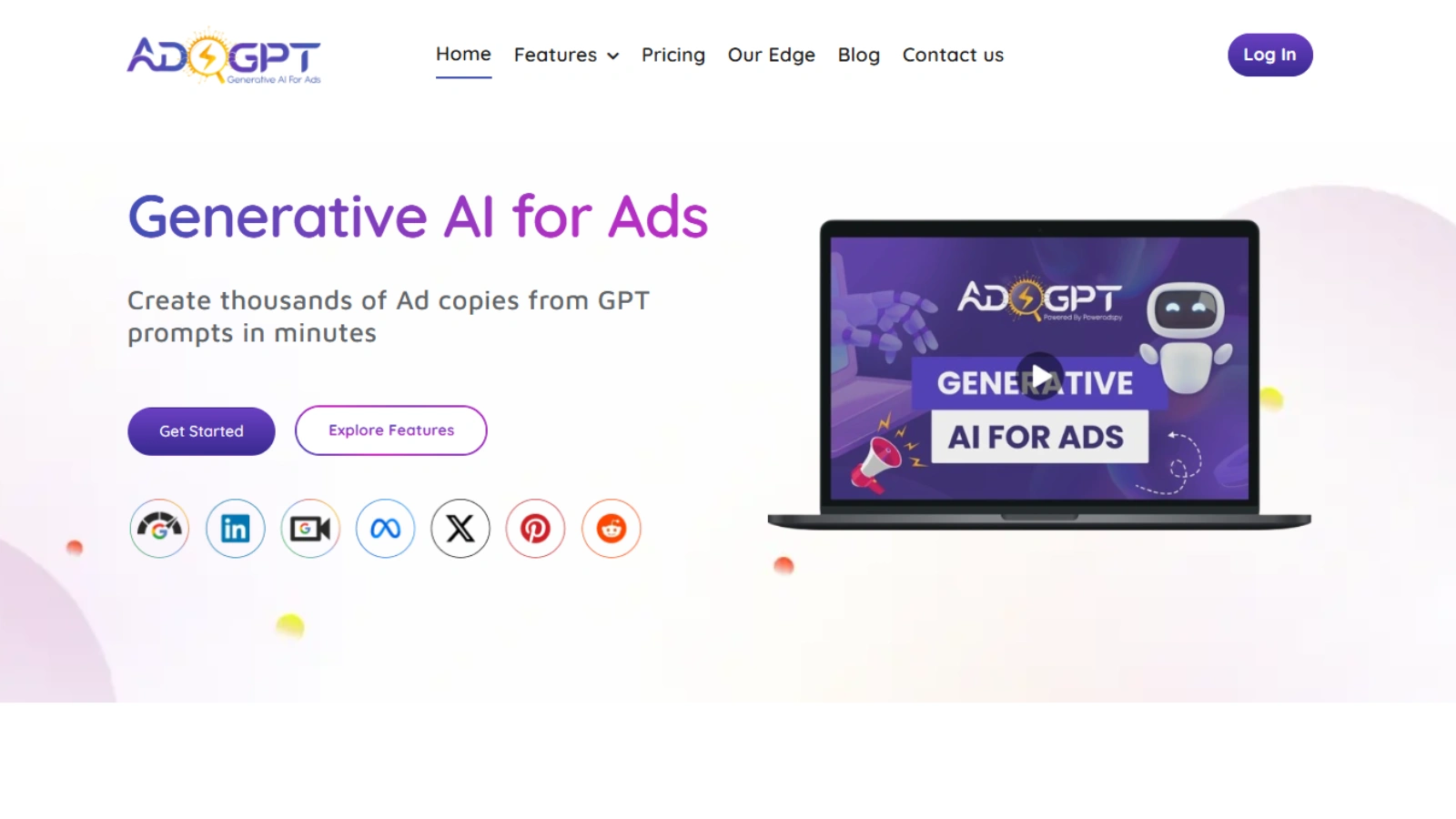 For marketers who want to scale both copy and visuals efficiently, AdsGPT by Globussoft brings AI-powered ad generation to the center of your workflow. It allows businesses to create engaging ads without relying on heavy design resources, making it easier to deliver scroll-worthy content that connects with audiences.
For marketers who want to scale both copy and visuals efficiently, AdsGPT by Globussoft brings AI-powered ad generation to the center of your workflow. It allows businesses to create engaging ads without relying on heavy design resources, making it easier to deliver scroll-worthy content that connects with audiences.
Globussoft’s Role In Modern AI Marketing
Globussoft has built its reputation around automation-driven SaaS solutions designed to support today’s fast-evolving marketing needs. From campaign planning to execution, its AI-driven tools help brands shorten production cycles, optimize performance, and improve engagement across multiple channels. Whether you’re building awareness or driving conversions, Globussoft equips you with solutions that adapt to your goals.
Why AdsGPT Stands Out?
Among its innovations, AdsGPT is tailored for performance marketers who need quality creative at speed. The platform focuses on turning ideas into ready-to-launch ads, ensuring that brands of any size can test, learn, and scale efficiently.
With AdsGPT, teams can:
- Generate professional ad visuals customized for platforms like Facebook, Instagram, or web campaigns.
- Experiment with multiple variations to quickly identify the strongest performers.
- Keep brand identity consistent across campaigns while cutting design turnaround time.
- Pair visual content with AI-powered targeting strategies to increase overall ad effectiveness.
By incorporating AdsGPT by Globussoft into your marketing process, you’re not just saving time—you’re building campaigns that can adapt quickly to changing audience behaviors. It’s a practical way to stay creative, data-driven, and competitive in the evolving world of AI advertising.
Conclusion
Meta Ads are reshaping the way brands connect with audiences—driven by automation, AI-driven targeting, and evolving ethical standards. While this shift brings unmatched efficiency and personalization, it also demands accountability, transparency, and smart governance. Businesses that balance creativity with compliance will not only adapt but thrive in this new era of advertising.
As the landscape grows more complex, having the right tools can make all the difference. Solutions like AdsGPT by Globussoft provide an AI-powered edge in ad generation, helping brands create compelling campaigns with both speed and precision. By combining innovative automation with responsible practices, marketers can confidently embrace the future of Meta Ads while earning lasting trust from their customers.

